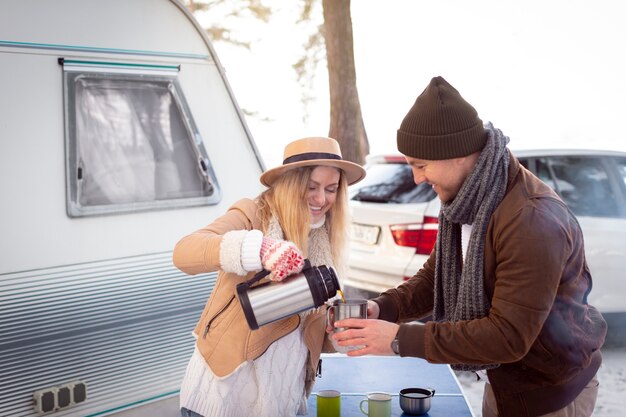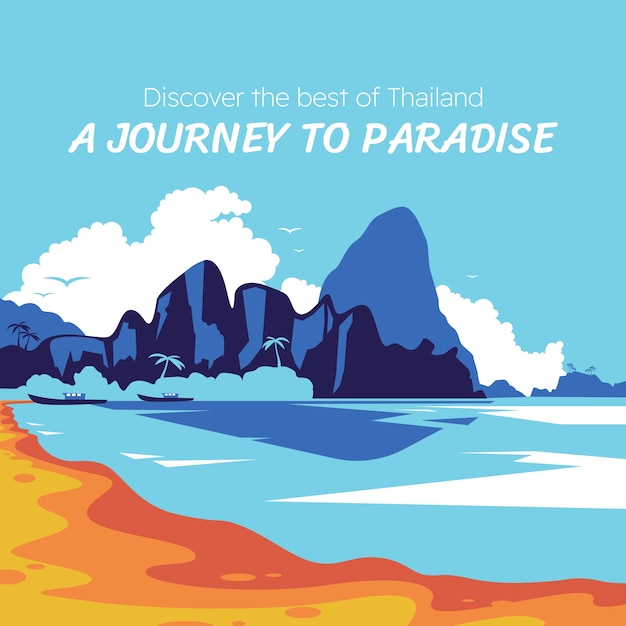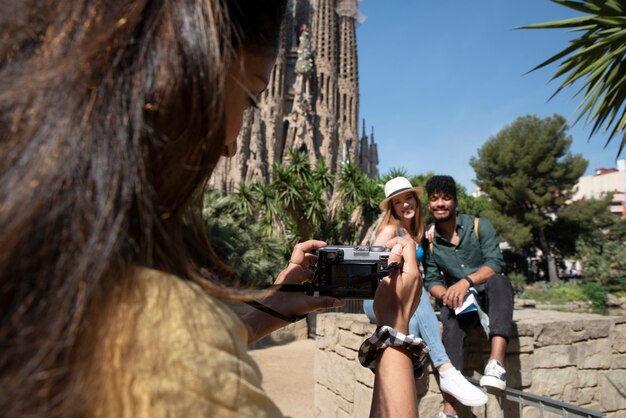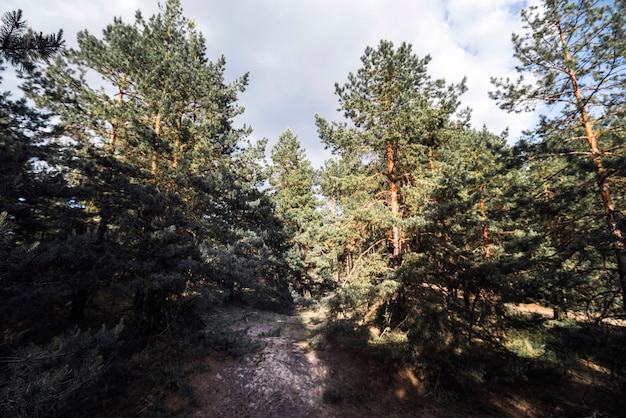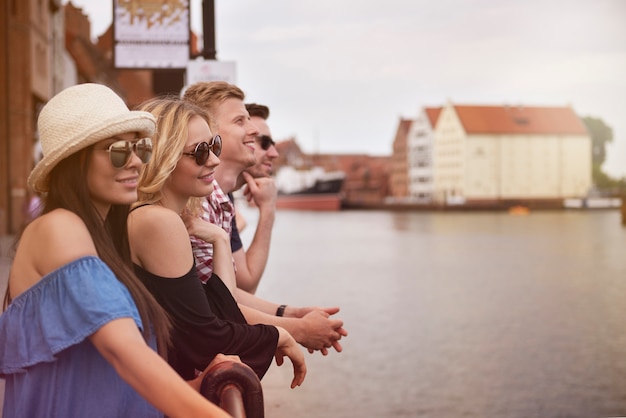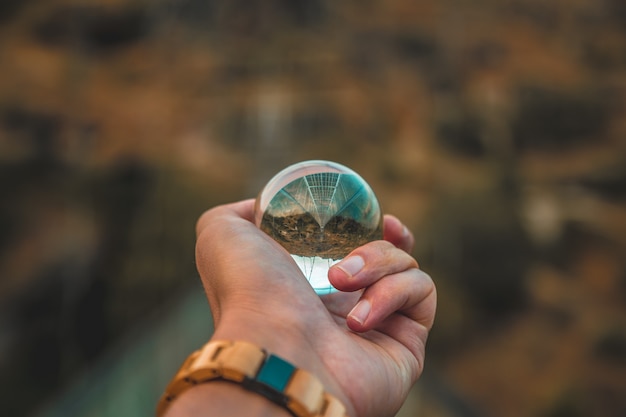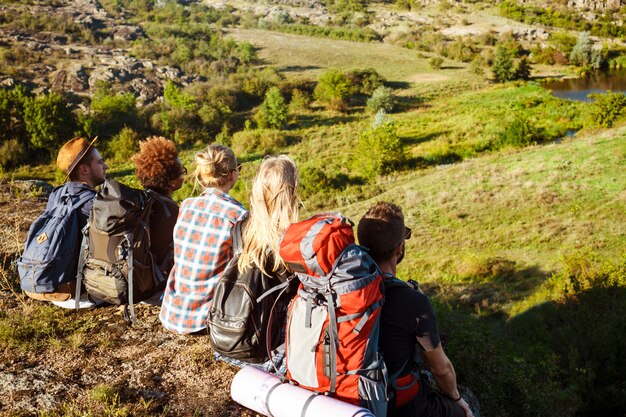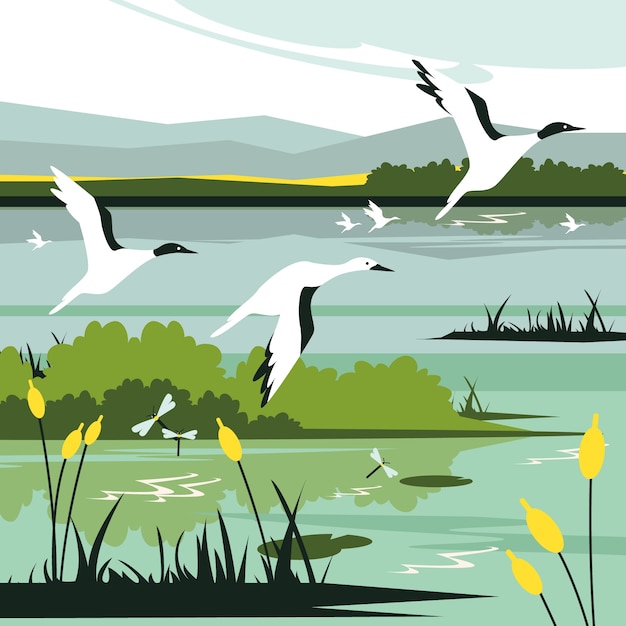
The saltwater lagoons shimmered like silver, with brown reeds swaying gently and waterfowl scattered across the surface. Occasionally, a flock of lapwings would take to the air, startled by some unseen disturbance. Later, we watched seabirds pecking at the mudflats from the sea wall and ended our walk with rosy cheeks at the RSPB Newport Wetlands Centre.
The Newport Wetlands National Nature Reserve stretches from the Severn Estuary to the mouth of the River Usk in South Wales, just a 40-minute drive from Bristol. It’s a beautiful coastal walk in South Wales that deserves more recognition. It offers a great day out with insights into a wetland habitat and a landscape shaped by the Romans.
Our walk in the Newport Wetlands began at Goldcliff Lagoons, where we parked near Goldcliff village and walked into the fields along a very muddy path. The area is naturally marshy, and recent rain had left the ground waterlogged, so I was glad to be wearing wellies. Our guide, Andy Karran, a senior conservation ecologist at Gwent Wildlife Trust, explained that the wetlands are preserved as a habitat for birds and other wildlife.
The Goldcliff Lagoons were created in the 1990s to replace the wildlife habitat lost during the development of Cardiff Bay Marina. The three shallow saline lagoons are surrounded by an electric fence to keep out predators, providing a safe haven for migrating birds that nest here in springtime, close to the mudflats where they can also feed.
Andy took us to different hides and shelters at each lagoon, offering good vantage points to watch the birds. Binoculars are essential for the best view. We saw lapwings displaying to attract mates and other waders and wildfowl in groups on the lagoons. Canada Geese and ducks like Shelduck, Teal, Wigeon, and Shoveler shelter here, feeding off invertebrates in the mud and saltmarsh.
In autumn and winter, the wetlands are home to migrating birds from Scandinavia and northern Europe, seeking a milder climate. The Newport Wetlands are the only place in South Wales where Avocets breed, and the previously rare Little Egret is now more common. Andy mentioned that thirty years ago, spotting a Little Egret would have drawn crowds, but now they are more common.
Although the wildfowl and birds were mostly specks on the water without powerful binoculars, Andy’s enthusiasm and knowledge brought them to life for us. He explained how farmers traditionally maintained the ditches, known locally as Renes and Grips, to aid drainage. The Gwent Wildlife Trust works with farmers to operate sluices, maintaining a constant water level in the lagoons to ensure a safe habitat for nests.
We also walked up to the sea wall, originally created in Roman times and later maintained by monks at the Medieval Goldcliff Priory. The sea wall protected valuable grazing land from sea flooding. Although the Wales Coastal Path runs through here, we couldn’t follow it directly along the sea wall as it was blocked off to protect the wildlife habitat, so we backtracked to the road to continue our walk through the fields.
The Gwent Wildlife Trust runs regular walks and events throughout the year, and having an expert guide made a big difference. I highly recommend checking out their events page.
Our walk followed the Wales Coastal Path, tracing the line of the coast, though we weren’t actually on the sea wall. At times, we walked on the road through the village, passing old orchards. This area was once a significant apple and cider-growing region, similar to the Somerset Levels.
The sea wall sits above the mudflats exposed at high tide, providing a feeding ground for birds and wildlife. With the maintenance of drainage ditches, there doesn’t seem to be a problem with seasonal flooding. Without the sea wall, the sea and mudflats would encroach much further inland at high tide. Andy explained that the name Goldcliff comes from the band of mica in the sea cliff that glistened in the sunlight when seen from the sea.
As our path took us onto the top of the sea wall, we saw a row of posts used for a traditional fishing method. Putchers, or wicker baskets, were tied to the posts and submerged at high tide, catching fish like salmon. This traditional form of Putcher Fishing was common in Medieval times and was practiced up to the 1990s when the fishing rights were owned by Eton College.
Walking along the sea wall, we passed dense reed beds, a habitat for many birds like the “booming” Bitterns. In places, the walkways take you closer to the reeds, but most birds living there are good at staying hidden, so it’s better to listen for birdsong.
Before reaching the RSPB Newport Wetlands Centre, we passed the East Usk lighthouse, built in 1893 to guide shipping into Newport’s busy port. The East Usk Lighthouse still flashes today, matched by the larger West Usk Lighthouse, which is available to book as holiday accommodation and recently featured in the Dr. Who TV series.
The walk then took us away from the sea wall, cutting through the reed beds on a metal walkway to the RSPB Wetlands Centre. The centre provides visitor information, a shop, and a cafe, as well as a large car park. There’s a trail map available, showing different walking trails, including a pushchair-friendly sculpture trail, an orchid trail, and the Woodland and estuary trail through the reedbeds.
The walkway through the reedbeds offers an interesting walk, with water channels cut through to allow visibility of some birds and a different habitat for those living on the water’s margins. This could be where you spot the secretive bittern, though their brown mottled markings make them blend in seamlessly with the reeds.
Within the centre, there’s plenty of information about the birds and wildlife, with updates from expert volunteers. The cafe offers a fantastic view of birds swooping around the bird feeder and a kestrel chasing after them. The cafe serves hot and cold drinks, sandwiches, and a daily selection of hot dishes. The centre is very family-friendly, with child meals in the cafe and Wildlife Explorer Backpacks to hire.
Our walk through the Newport Wetlands took around three hours, with the first hour spent birdwatching at Goldcliff Lagoons. I highly recommend visiting the Newport Wetlands for some walking and fresh air, especially as it’s a free resource open to all. I had no idea this fascinating wildlife habitat was so close to Bristol, just a 40-minute drive away.
Planning more walking in the Newport Wetlands the following day, I stayed at the Parkway Hotel and Spa Newport, a lovely four-star hotel in Cwmbran near Newport. The low-rise, modern hotel offers a large car park and overlooks open lawns and woodland, with an intriguing Shepherd’s Hut as one of the accommodation options. The hotel is popular with locals, business guests, and leisure visitors.
The Parkway Hotel and Spa is undergoing gradual refurbishment, and I stayed in one of the gorgeous Penthouse Suites called Manobier. The suite featured restful, muted colors reflecting the peaceful Welsh countryside and elegant, contemporary furnishings. My spacious double bedroom with a walk-in closet was matched by a large sitting room with a sofa, easy chairs, and a TV. Thoughtful touches included a complimentary sherry decanter and miniature paperback books.
The bathroom was huge, with a freestanding roll-top bath, twin sinks, and a walk-in shower with stylish fittings. After the morning’s walk, it was a treat to relax in the bath with White Company bubble bath. Downstairs, there was an indoor swimming pool and spa with sauna and steam rooms, which looked very inviting.
Dinner and breakfast were in Ravello’s restaurant, which is light and attractive with floral displays and crisp white tablecloths. The restaurant offers a three-course carvery menu for £26, featuring local Welsh produce. My starter was a panna cotta with broccoli and candied walnuts using local Perl Las soft cheese. The staff were exceptionally warm and friendly, typical of the cheerful welcome I found everywhere in South Wales.
The Parkway Hotel and Spa is a great choice for a comfortable and convenient stay if you are visiting the Newport area, with easy road access to walking trails and other attractions like Caerleon, Tredegar House, and Newport Centre.
Tredegar House, run by the National Trust, was the seat of the Morgan family for 500 years. The 17th-century reception rooms downstairs are designed to impress, while upstairs, the bedrooms reflect the 1930s when Evan Morgan entertained the fashionable set. An exhibition tells the story of the Newport Rising in 1839 when 10,000 Chartists marched on Newport to demand political change. Below stairs, you can see the servant’s quarters laid out in Victorian style. The gardens and grounds are open to the public, with interesting events happening in the barns and orangery.
The Monmouthshire and Brecon Canal in South Wales was once a hub of industry, transporting iron ore and coal from the South Wales Valleys to Newport. We walked the Crumlin arm of the canal, ending at Roman Caerleon. The Fourteen Locks Visitor Centre has a large car park and cafe, making it an ideal starting point to explore the canal. The centre is named for the fourteen locks known as the Cefyn flight, with two restored locks and events running throughout the year.
Caerleon offers narrow streets and pretty Georgian houses, but its main claim to fame is as one of the three largest Roman garrisons in England and Wales. You can visit the Roman Baths, the Roman Museum, and the open-air site of the Roman amphitheatre and barracks.
Driving to Newport Wetlands is straightforward, with easy access from the M4 motorway. Public transport options include a train to Newport Station and a bus to the visitor centre. If flying, Cardiff Airport is the closest. For accommodation, check out the Parkway Hotel and Spa in Cwmbran or The Priory Hotel in Caerleon.
This article was sponsored by Over the Bridge to Wales, who provided the hotel stay and experiences mentioned.
